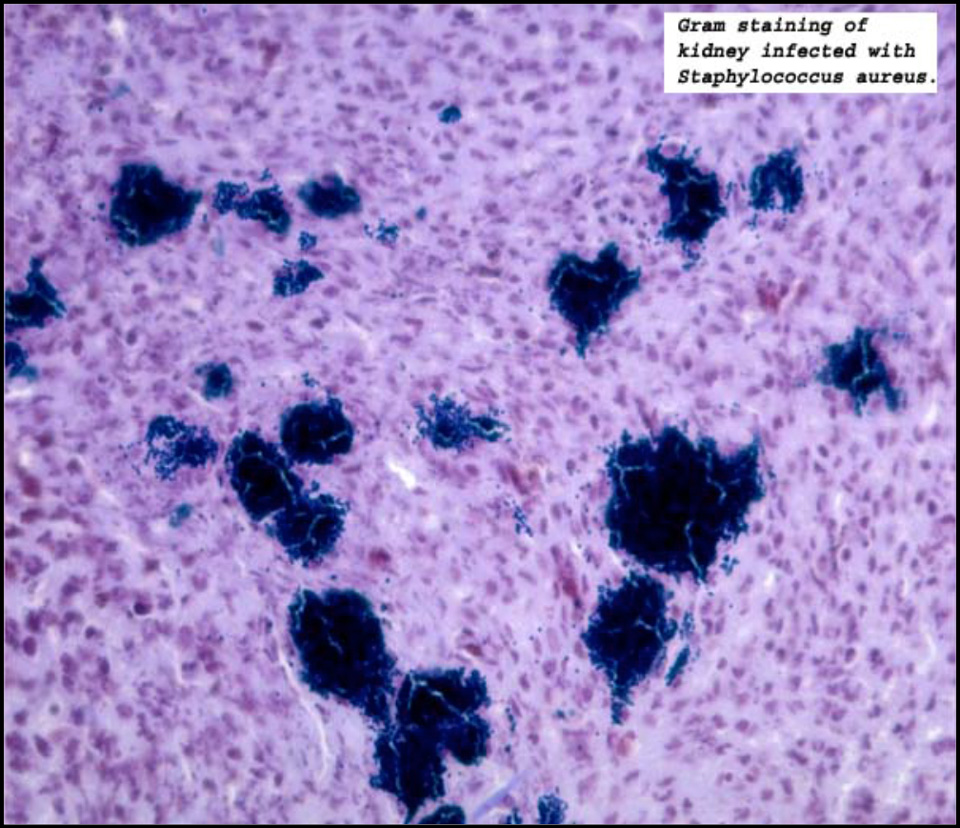Protocols
 Tissue for paraffin embedding
Tissue for paraffin embedding
For optimal preservation of tissue morphology, it is recommended that the thickness of the tissue fall within the range of 0.2 cm to 0.5 cm.
- For subsequent hematoxylin and eosin (H&E) staining, it is advisable to utilize a fresh solution of 10% neutral buffered formalin, ensuring a volume at least 10 times that of the specimen.
- If further immunohistochemistry is planned, we suggest reviewing the datasheet of the primary antibody for information on any optional fixative types and the recommended duration of fixation.
Tissue for frozen sectioning (cryosectioning)
Un-fixed and fixed tissue samples can be frozen sectioned.
- For unfixed tissue, it is crucial to freeze it as quickly as possible after harvesting to prevent the damaging effects of autolysis.
- In the case of fixed tissue, formalin-fixed tissue can be cryopreserved by immersing it in a 30% sucrose solution. This process helps protect cellular structures and components from damage during freezing by reducing the formation of ice crystals within the cells. Finally, the specimen can be embedded in OCT and stored as a frozen block.
For help with freezing technique, contact Petia Stefanova at 416-480-6100 ext. 63356 or pstefanova@sri.utoronto.ca.
Helpful links:
Contact
Petia Stefanova
pstefanova@
sri.utoronto.ca
416-480-6100 ext. 63356
Sunnybrook Health Sciences Centre
2075 Bayview Avenue, S4 408
Toronto, ON Canada M4N 3M5



